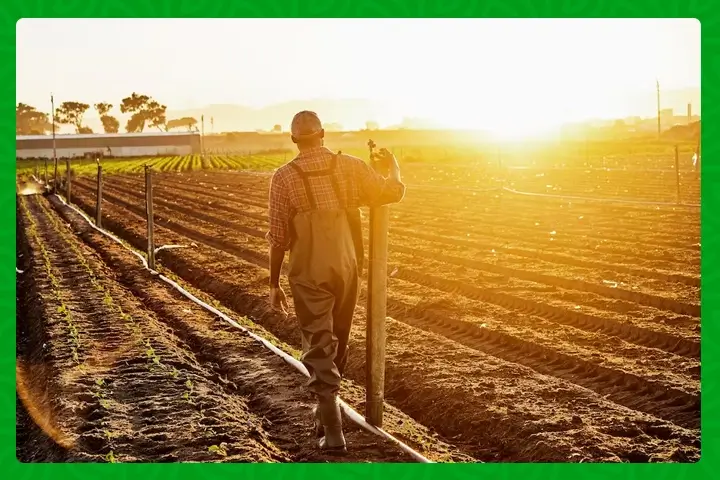
As the 2023/24 agricultural season unfolded in South Africa, initial concerns loomed over the potential challenges posed by the shift from La Niña to El Niño weather conditions. The fear of drought, often associated with El Niño in Southern Africa, cast a shadow over the prospects of a thriving summer crop season. However, the unfolding narrative has taken an unexpectedly positive turn, ushering in favorable conditions and a promising start to the summer crop production season.
Unprecedented Rainfall Defies Expectations
Contrary to expectations, the early months of the 2023/24 season witnessed substantial rainfall throughout most of South Africa’s summer rainfall regions. The only exception was the North West province, which experienced comparatively lower precipitation. This surprising turn of events allowed producers in provinces such as the Free State, Eastern Cape, KwaZulu-Natal, Mpumalanga, and Limpopo to proceed with their usual crop plantings. Even in North West, despite slight delays, plantings eventually commenced.
Survey Highlights Favorable Crop Conditions
A recent survey conducted by Grain South Africa (Grain SA) provides a snapshot of the positive conditions prevailing in provinces that received early rainfall. Crop conditions in these areas are reported to be favorable, with many producers achieving their intended planting areas at the season’s outset. Encouragingly, some provinces anticipate above-average yields, reflecting the optimism among producers.
Mitigating Concerns and Embracing Optimism
While concerns about potential hail damage linger in areas like the eastern Free State, mid-January reports suggest minimal harm to crops. Additionally, fears of a mid-summer drought, particularly affecting late-planted crops, have been alleviated by continuous rainfall. The South African Weather Service (SAWS) forecasts indicate a promising outlook, with rainfall expected to persist until March 2024. This forecast has instilled confidence that drought may not pose a significant challenge, provided substantial rainfall occurs during the critical pollination period in February.
Looking Ahead: Projecting a Bountiful Harvest
Anticipating an upward trajectory, the SAWS climate watch report of December 2023 hinted at the possibility of below-normal rainfall in western regions. However, real-time observations challenge these projections, with consistent favorable rainfall across the country since the beginning of the year. If these conditions persist through February, South Africa is poised for another abundant agricultural harvest.
Meeting Expectations: A United Front for Growth
At the season’s commencement, producers aimed to plant 4.5 million hectares, reflecting a 2% increase from the previous season. Feedback from the Grain SA survey suggests that, overall, producers have likely met their intended planting areas, with any potential reductions concentrated in the white maize regions of the North West.
As the Crop Estimates Committee prepares to release its preliminary area planted estimate for summer grains in January 2024, South Africa can look forward to another season of agricultural prosperity. The favorable conditions extend beyond summer crops, benefitting grazing veld for livestock, vegetable and fruit production, and various agricultural activities.
Beyond the Fields: Addressing Long-Term Policy Issues
The unexpected success of the 2023/24 summer crop season provides a window of opportunity to focus on essential long-term policy issues. Key concerns, including municipal challenges, deteriorating infrastructure, crime rates, logistics efficiency, animal diseases, agrochemical and seed registrations, Land Reform Agency progress, and load shedding, should remain at the forefront of policy discussions.
Collaborative efforts between the government and the private sector are crucial in resolving these constraints, fostering investment, and sustaining the long-term growth of the agricultural sector. As South Africa navigates through the coming months, the unexpected positivity in production conditions offers renewed reasons for optimism and underscores the potential for yet another flourishing agricultural season.


















